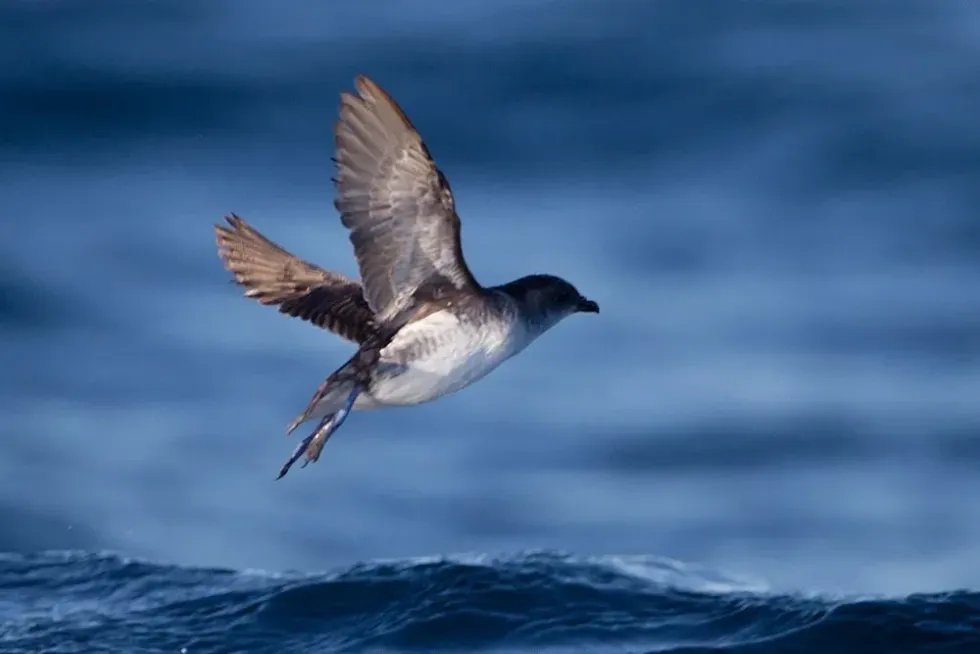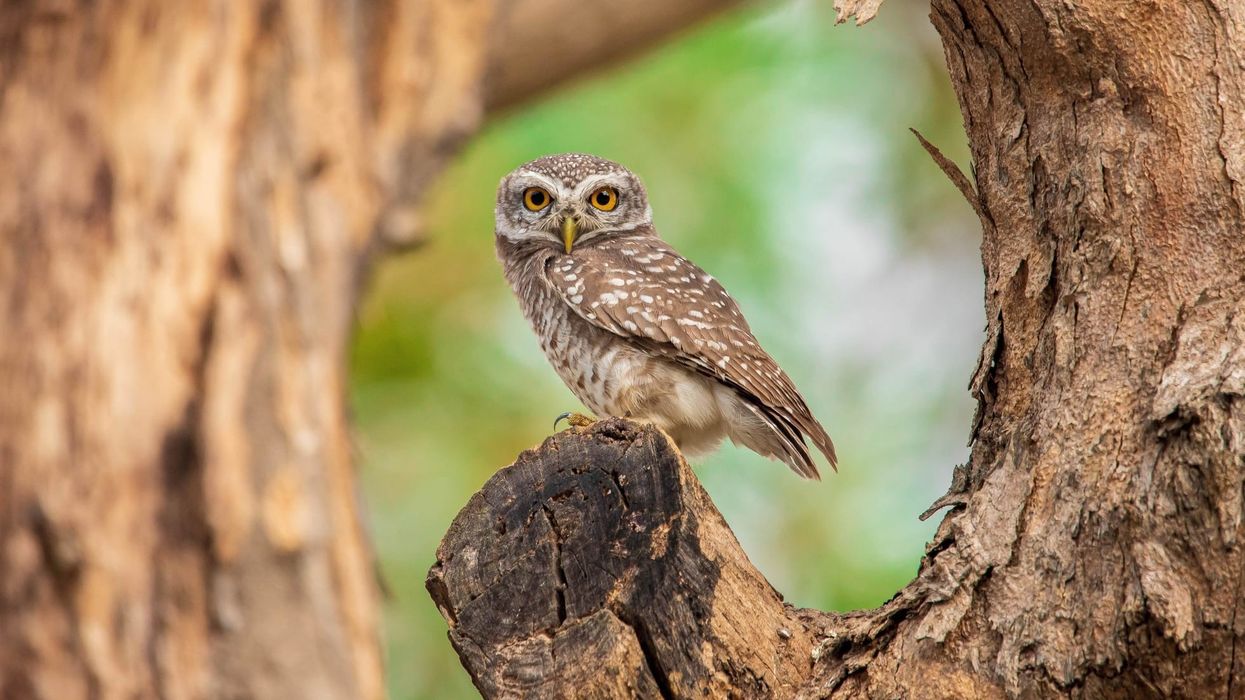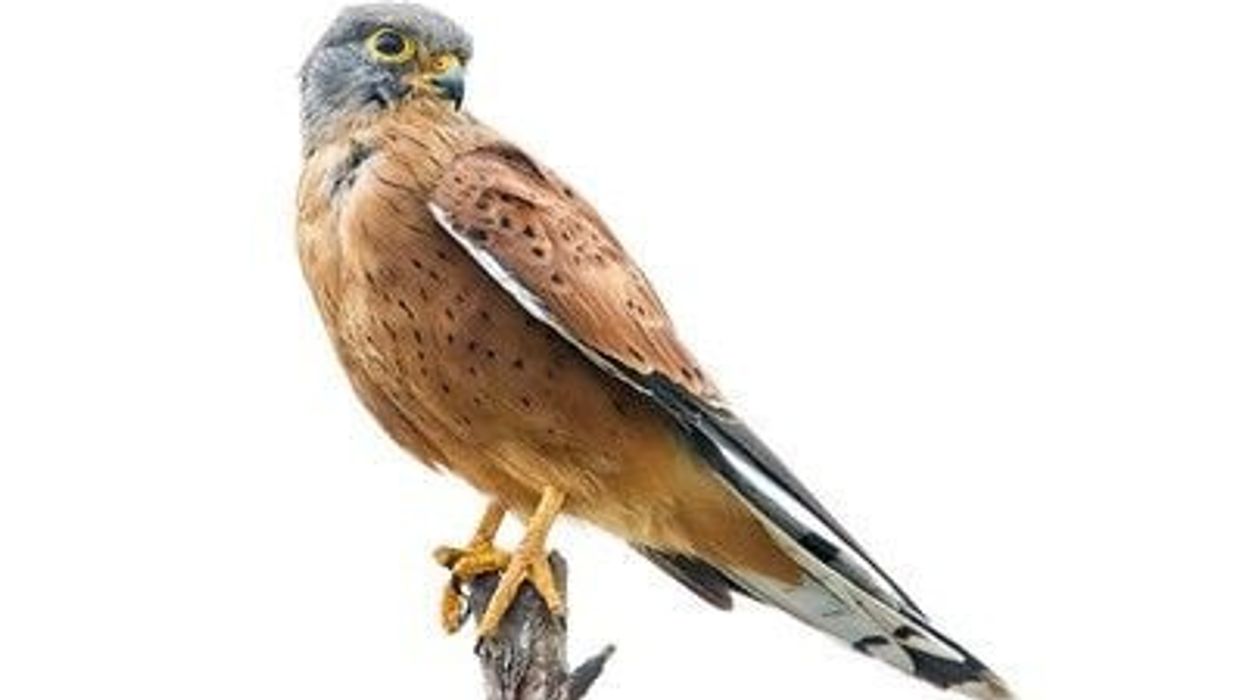A diving petrel is a type of small seabird that is strictly restricted to the seas and oceans of the southern hemisphere like the albatross. The petrels resemble the auks of the northern hemisphere. The diving petrels are divided into five species.
They are distinguished by minor differences like differences in size, plumage, and distribution. The common diving petrel is the most widespread in the world. According to some, these birds qualify to be a part of a separate family called the Pelecanoididae family.
There are millions of diving petrels found throughout their native regions in Australia and New Zealand. Despite that, out of five, three subspecies are facing a decreasing population trend.
Seabirds are threatened by several issues, the primary one being the issue of invasive predators like feral cats and rats. The numbers of Whenua Hou and Peruvian diving petrel are increasing; they are following an increasing population trend. During the breeding season, they nest in small breeding colonies.
They dig small burrows on a soft substrate of the island and use vegetation to block the entrance. To know more facts about this bird, keep on reading these amazing diving petrel facts.
For similar content, check out Cape petrel and Antarctic petrel facts!
Diving Petrel Interesting Facts
What type of animal is a diving petrel?
A diving petrel is a type of seabird.
What class of animal does a diving petrel belong to?
Diving petrels of the Procellariiformes order, family Procellariidae, and genus Pelecanoides belong to the class Aves, the common class for all birds.
How many diving petrels are there in the world?
The population status of the diving petrel entirely depends on the population of its five subspecies. Each of them shows a separate population trend.
For example, the species of common diving petrels are found abundantly throughout their range. Rather their population ranks fifth among all the birds that nest in New Zealand. There are around 16,000,000 common diving petrels that currently exist in the south.
On the other hand, a Whenua-Hou diving petrel is a very rare species, and only 200 birds of this species have been recognized. The global population of Peruvian diving petrel, South Georgia diving petrel, and Magellanic diving petrel are estimated to be around 100,00, 15,000,000, and 6,700-330,000 individuals, respectively.
Where does a diving petrel live?
The diving petrels of the Pelecanoididae family cover a large range in the southern hemisphere. The common diving petrel is the most widespread among all the petrel species.
Their distribution extends from Australia and New Zealand islands in the east to South American islands in the west.
The common diving petrel coexists with the sooty shearwaters in the islands of New Zealand like Chatam islands, Auckland islands, Solander islands, and Campbell islands up to the several islands to southeast Australia and Tasmania and several parts of North Islands.
From there, they enter the sub-antarctic islands located south of the Indian subcontinent.
They breed in South Georgia, Falkland Islands, and in uncertain parts of Chile on the Atlantic Ocean. The distribution of the common diving petrel almost covers the distribution of all other Pelecanoididae species.
What is a diving petrel's habitat?
All diving petrels have a preference for similar types of habitats. These small seabirds live close to the ocean surface on their native island.
The common diving petrel inhabits the inshore waters generally, but sometimes they can also come to the offshore waters. In the breeding season, they move inland to nest on a soft substrate of an island. The bird mainly nests in small burrows, under dense vegetation, or in rock crevices.
Who do diving petrels live with?
The diving petrels are gregarious birds and form small nesting colonies on their native island. They do not live with other birds of Procellariiformes order.
How long does a diving petrel live?
The average lifespan of a common petrel is determined at four years of age. However, the highest age of seven years was recorded in the common diving petrels in the wild.
How do they reproduce?
The breeding season of the bird varies according to the weather conditions of their breeding sites. In general, the bird breeds within the span of September to December.
The diving petrels form monogamous pairs with their lifelong mates. The birds call from the burrows in the breeding grounds or fly over them to attract their partners. The bird moves to the breeding sites much before they actually breed; their nest remains active almost throughout the year.
The female bird lays a single white egg in the nest after the pair breeds. The egg is laid earlier in the northern colonies than in the southern ones. The single egg hatches after an incubation period of 53-55 days, and chicks are born.
Both parents take care of the egg and the chick. The bird breeds once they turn one to three years old.
What is their conservation status?
The common diving petrel is classified as a species of Least Concern in the IUCN Red List. Although their population trend is decreasing, they have a huge existing population.
It is large enough to keep them out of the threshold of endangered species. The Magellanic diving petrel and South Georgia diving petrel are also given the status of Least Concern in the IUCN Red List because of similar reasons of the common diving petrel.
However, the other two species, the Whenua Hou diving petrels, and the Peruvian diving petrels, are listed as endangered and threatened species. Since they have a low population and small range, these birds are still considered to be threatened.
Diving Petrel Fun Facts
What do diving petrels look like?
Diving petrels of the Pelecanoididae family are small birds found throughout the islands of Australia up to South America. It has a stout body with a powerful bill. They have a dark plumage on the dorsal part of the body, while the feathers of the underparts are white.
The wings are marked by several thin white stripes. The powerful wings help the bird to propel underwater. The chicks appear to be gray in their juvenile stage.
They have a dark bill and blue-colored feet. Once a year, the bird molts all its flight feathers. Females have slightly longer wings than males.
How cute are they?
These small pudgy birds look quite cute on the sea.
How do they communicate?
The diving petrels are noisy birds. They use different types of vocalizations to communicate with each other.
How big is a diving petrel?
The length of a diving petrel ranges between 7.5–9 in (19-22.8 cm). They are more than four times smaller in length than the laysan albatross.
How fast can a diving petrel move?
The diving petrels have a low and fast flight; however, their speed has not been determined.
How much does a diving petrel weigh?
The weight of a diving petrel ranges between 4.2–7.1 oz (119-201.2 g).
What are the male and female names of the species?
The male and female species are referred to as cock and hen, respectively.
What would you call a baby diving petrel?
The baby petrels are referred to as chicks.
What do they eat?
Marine crustaceans like copepods and amphipods are the main food source of diving petrels. Apart from that, they are also known to feed on small fish and squids.
Are they dangerous?
No, they are not dangerous.
Would they make a good pet?
They prefer to stay in the wild rather than in homes as domestic pets. So, unfortunately, the answer to this question would be no.
Did you know...
Diving petrels of the Procellariidae family are the most well-accustomed seabirds. They have adapted to spend most of their life on the sea rather than flying over the ocean surface and therefore are found closest inshore than any other seabird of their family.
Diving petrel types
The five different types of driving petrels are the common diving petrels, the Peruvian diving petrels, South Georgia diving petrels, Magellanic diving petrels, and Whenua-Hou diving petrels.
How long can a diving petrel stay underwater?
Diving petrels are one of the most prominent seabirds in the world. Therefore like all diving ducks, they can probably stay up to or more than 15 minutes underwater.
Here at Kidadl, we have carefully created lots of interesting family-friendly animal facts for everyone to discover! For more relatable content, check out these red-headed woodpecker facts and bearded vulture facts for kids.
You can even occupy yourself at home by coloring in one of our free printable duck crossing road sign coloring pages.










